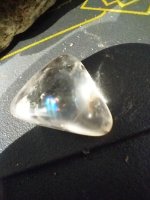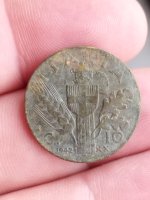Rolled out to the field after talking to the property owner. i have been letting this field sit for a few months while I hunted other areas and the furrows got beat down by the weather. In the past i have hunted the other section of this field, found a number of points. The best rise now a horse pasture. I walked the rise and 15 minutes later found the axe. On the east facing side of the furrow, most of the ax was hidden from view.
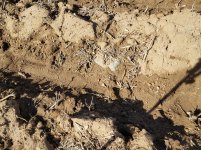
A closer view
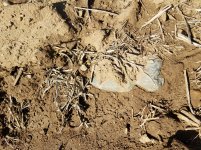
Made of slate, this is a large ax, good heft
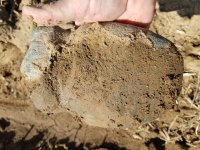
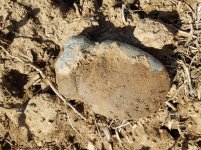
A nicely made side notch
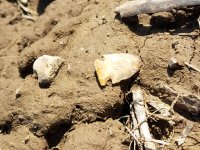
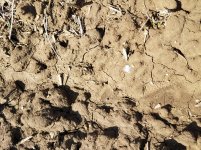
The days take after washing them off at the rain barrell.
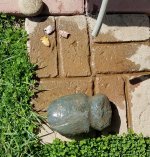
This as is a handful, its amazing it has not been busted in half from the farm implements. The bit has a few dings as does the poll area.
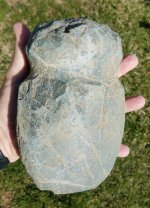
Some light plow strike an scuffs. Shows some banged up area on the poll
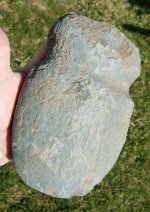
A good profile
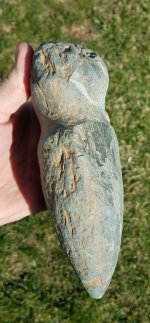
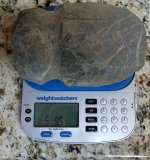
5 LBS 9.5 OZ, 8 inches from poll to bit x 5 inches wide by the groove. I was in the field for almost exactly 4 hours.

A closer view

Made of slate, this is a large ax, good heft


A nicely made side notch


The days take after washing them off at the rain barrell.

This as is a handful, its amazing it has not been busted in half from the farm implements. The bit has a few dings as does the poll area.

Some light plow strike an scuffs. Shows some banged up area on the poll

A good profile


5 LBS 9.5 OZ, 8 inches from poll to bit x 5 inches wide by the groove. I was in the field for almost exactly 4 hours.
Upvote
0




